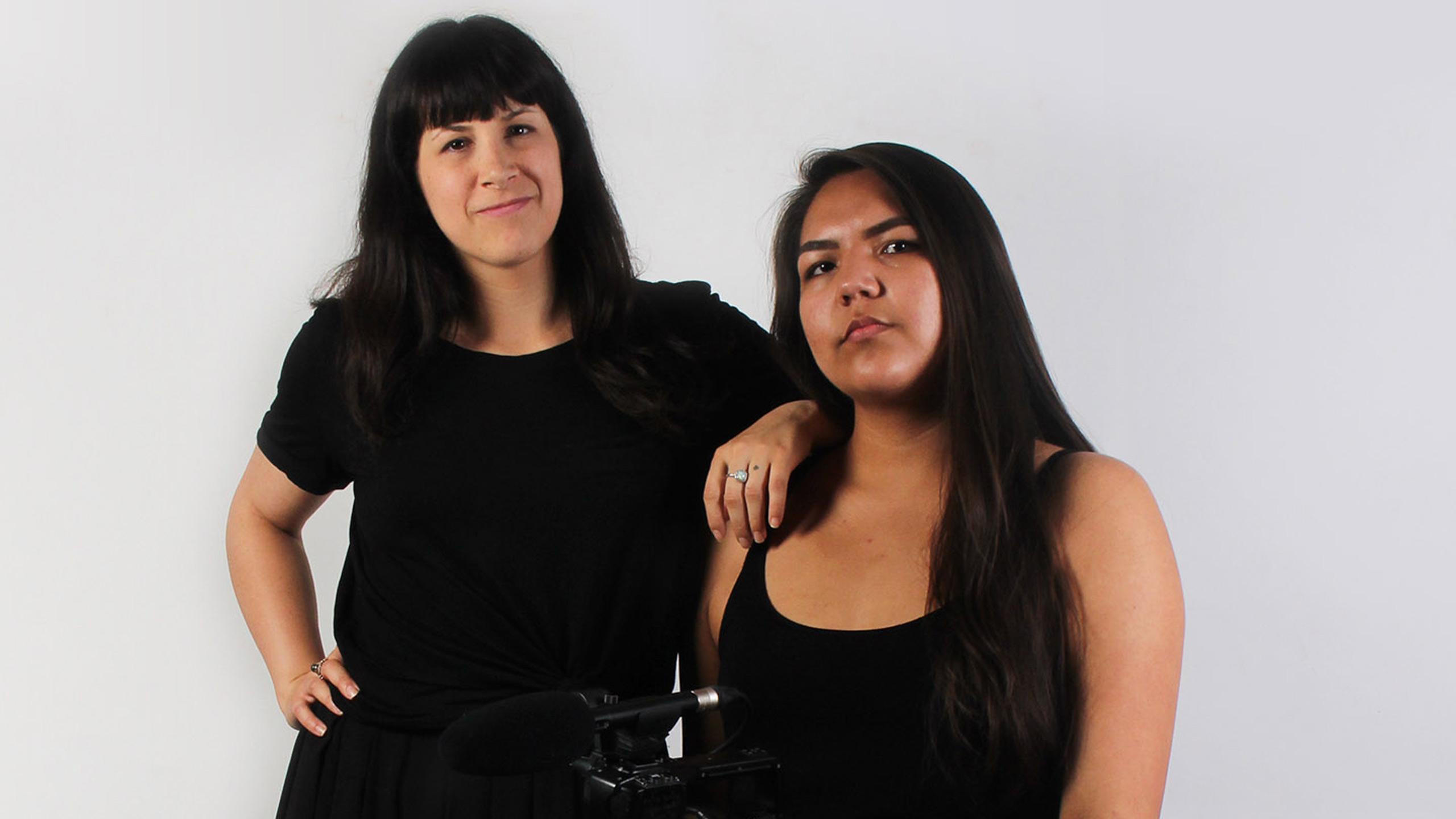By Izabella Balcerzak
Victoria Anderson-Gardner was just 10 years old when she found out her older sister had passed away. The aftermath of her sister’s unexpected death triggered a disconnect among her family that took years to rebuild. It affected her so much that she repressed years of her life.
She had decided to move in with her dad while her sister moved to Yellowknife. She doesn’t remember where her brothers and mom were at that time. Everyone in her family felt lost after her sister died.
“I remember my dad put me in counseling. Apparently, I didn’t show emotions or anything for a while which was weird ‘cause I have no memory,” said Anderson-Gardner.
It wasn’t until she entered high school in 2011 and watched a science fiction film that put a crack in her defence mechanism.
The film was called Another Earth and it told the story of a young girl who tragically kills a man’s wife and kids in a car accident. After being released from jail, she seeks out the man who survived and devotes her life to changing his.
“I specifically remember this movie and crying. It just clicked something in me,” she said. “My main reason I wanted to go into film was to evoke emotions but I didn’t really know in what sense or what way I wanted to.”
The third-year film studies student is now using this inspiration to fuel a short documentary. Alongside a crew of students and filmmakers, she is going to tell the stories and experiences of five Indigenous youth who were at the Standing Rock protests in North Dakota in April 2016.
Their stories are based from the Oceti Sakowin Camp, which was a unified encampment of Water Protectors against the Dakota Access Pipeline. Their gathering is known as Mni Wiconi, meaning “water is life.”
The Water Protectors set out to preserve the sacred burial grounds and petition for an environmental assessment. The pipeline posed many threats to the surrounding drinking water.
“And that’s not just for the reserve,” said Anderson-Gardner. “It would eventually leak down to other areas in the United States.”
Anderson-Gardner feels a strong connection to the story since she lived five hours north from Thunder Bay on the Migisi Sahgaigan First Nation reserve up until graduation. She also had family members at the protests who would regularly send her videos of law enforcement violating protesters’ human rights.
Anderson-Gardner was contacted by a Ryerson child and youth care professor, Julie James, who was looking for someone to tackle this film project to get their stories out. James was impressed with Anderson-Gardner’s first-year work as a film studies student, so she asked her to be the lead creative director. Her response was simply,“Okay,why not?”
Working alongside the documentary is a crew mostly made up of First Nations people. Natasha Naveau is an Indigenous filmmaker based in Toronto and their main point of contact in the States, Cody Looking Horse, is from Six Nations—one of the largest first nations reserves in Canada.
Second-year Ryerson film student Kathleen Edwards is a Kahnawake Mohawk on her mother’s side. She’s working on the documentary as the assistant director.
“She has this creative vision and I’m more assisting [with that],” said Edwards. “We’ve been working hard. Coordinating six people in different places in the U.S. is difficult”.
Looking Horse, 19, has family ties to the Sioux area in North Dakota, which is where the Standing Rock is located. He is set to join the team in Toronto on Nov. 10, along with the rest of the documentary subjects that are being flown in. Workshops and Indigenous singing and drumming circles open to the public are set to take place on campus along Gould Street. The next day at McMaster University will be an bigger celebrations and a performance by Indigenous rapper, Prolific.
“The message we want to get across is that there is unity in numbers,” said Anderson-Gardner. “As long as we all stick together as a nation, we can make change.”











Leave a Reply